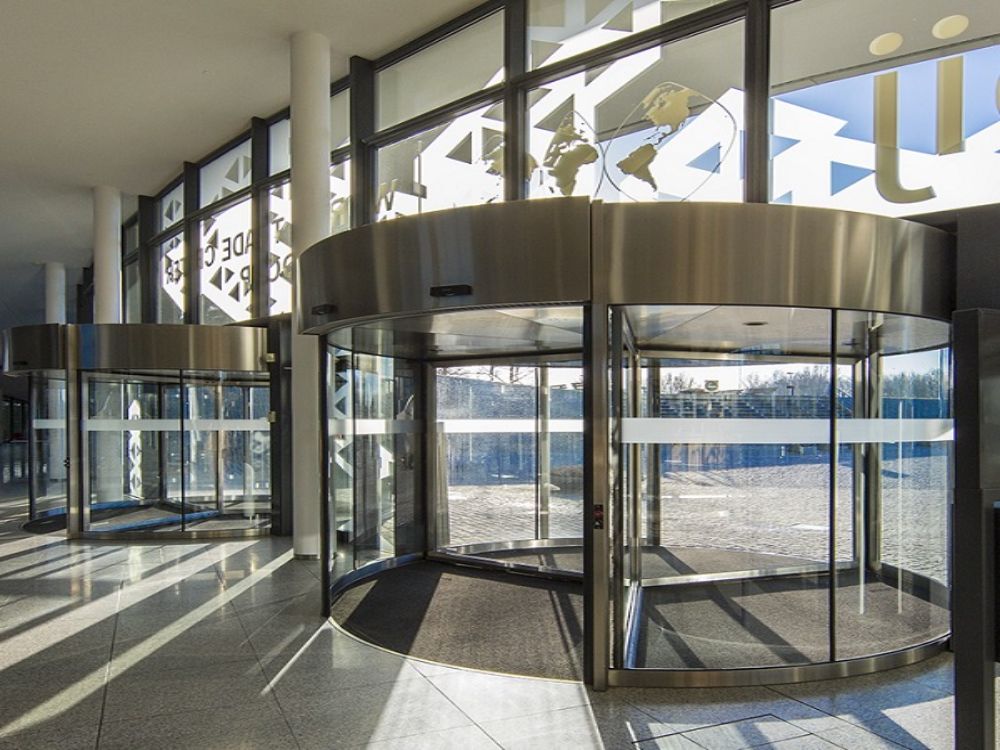Ever since Banjo Patterson complained of the fiendish rattle of tramways and buses “making hurry down the street”, noise pollution in Australasian cities has exacted a worsening price on our life expectancy and health.
Patterson’s lament – in Clancy of the Overflow in 1889 – was years before the first petrol-driven cars and trucks on Australian and New Zealand roads, which now number more than 20 million and 4.4 million respectively, honking, roaring and fuming their way through our city highways and byways.
Environmental Protection Agencies in Europe, the USA, and in Australian cities have all recognised that not only are the exhaust fumes vehicles produce dangerous, but so also are noises emanating from them and from other expanding urban hazards presenting architects, builders and the urban environment with a serious threat to health.
Impacts of noise
So much so that the European Environment Agency estimates that noise is responsible for 72,000 hospital admissions and 16,600 premature deaths every year in Europe alone. For half a century, U.S. agencies such as the EPA have deemed noise pollution “a growing danger to the health and welfare of the nation’s population”.
Studies in other heavily urbanised world regions – including Australian and New Zealand cities – have recognised that noise pollution not only drives hearing loss, tinnitus, and hypersensitivity to sound, but can cause or exacerbate cardiovascular disease; type 2 diabetes; sleep disturbances; stress; mental health and cognition problems, including memory impairment and attention deficits; as well as childhood learning delays.
“Cities have become the epicentre of noise pollution, but this issue can often take a backseat to other prominent environmental threats, such as fossil fuel pollution and energy wastage that produces it. But these noise threats in our cities are from the same basket of airborne ills, which constantly challenge architects and builders to give buildings further attention,” says Boon Edam Australia managing director, Michael Fisher.
Revolving doors – an elegant solution to noise pollution
Revolving doors – because of their “always open, always closed” design, offer a front line of defence against noise pollution intruding into public and private buildings, extending from office, financial, data and retail centres, to elegant hospitality, health and aged care centres concerned about noise hazards impacting their clients, guests and workers within increasingly dense urban developments in every part of Australia and New Zealand.
The World Health Organization (WHO) defines noise above 65 decibels (dB) as noise pollution – i.e., a level above normal conversation and laughter. Noise becomes harmful when it exceeds 75 dB and is painful above 120 dB. They note that a car horn, for example, produces 90 dB, and a bus produces 100 dB.
“In addition to being a statement of style by architects, builders and facility managers, revolving doors provide very strong facilities management benefits, including energy conservation, comfortable exclusion of exterior noise, exclusions of unhealthy exterior allergens and exclusions of extremes of exterior heat, cold or wind,” says Fisher.
Boon Edam Australia is the Australasian branch of one of the world’s leading producers of architectural revolving doors protecting building occupants in 27 countries.
Boon Edam’s Tourniket doors are the world’s best-selling revolving doors, from among the most comprehensive range of architectural revolving doors and complementary security entrances available from one source in Australasia.

In addition to providing a quiet and elegant entrance area, protected against weather and noise, revolving doors, such as this Boon Edam model with an added ‘Air Curtain’, promote energy conservation and HVAC efficiency
“No one would pretend that revolving doors are the complete answer to NVH (noise, vibration and harshness) issues, but the front door of a building is a good place to start with noise abatement. And revolving doors are certainly a big step forward for interior comfort, compared with doors that hang open to the elements,” says Fisher.
“Architects and builders using revolving doors appreciate the fact that they can render a building more aesthetically impressive and pleasing by the size of the doors and the aesthetic scale they create.”
Noise pollution isn’t going away, but it can be better managed
“Electric cars give us hope for reduced noise and other pollution in the future, but it will be a long time before they are the dominant form of transport. By then we will need a lot more infrastructure to accommodate them, so the challenge isn’t going away.”
“If anything, it is increasing, with drivers honking and jostling, groups of workers drilling the road surface, plus, continual construction work on our roads and infrastructure and aircraft flying over us producing noise, noise, and more noise. This isn’t going to change – expanding a city makes a lot of noise and that isn’t going to stop. It’s up to us to find intelligent solutions to keep excessive noise out of internal areas, and revolving doors can form part of that solution.”

